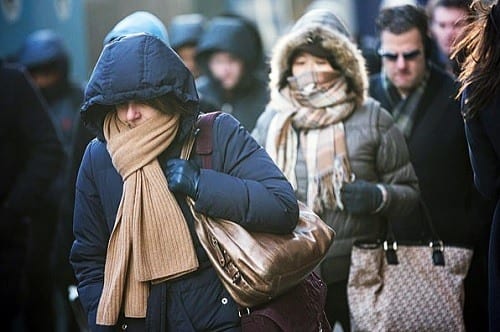By Janette Rosenbaum, 350 Madison
2017 was the second-hottest year ever measured on our planet, but it ended with a record-breaking cold snap across much of the United States. At least three deaths in Madison in the closing days of the year were attributed to the dangerously frigid weather.
Some use the occurrence of below-average temperatures as evidence that climate change – or global warming – is not happening. In fact, the increasing average temperature of our planet is contributing to all kinds of extreme weather, from heat waves, to floods and tornadoes, to cold spells.
Because weather is complicated and is influenced by many factors, we can’t say that any particular weather event is caused by climate change. What we can say with certainty is that climate change is making extreme weather events more likely than they were in the past. That is, we can expect to see record-breaking temperatures – both high and low – and powerful storms more often than we used to.
Right now, heat is the number-one weather-related killer. But other kinds of extreme weather can also prove deadly, from the tolls inflicted by 2017’s hurricane season to the lives lost in last week’s bitter chill.
Continuing to increase the likelihood of dangerously extreme weather is a risky game. If we keep on burning fossil fuels and clearing forests, our actions will come back to bite us in the form of massive storms, more frequent flooding, and an increasing number of days where the temperature poses a threat of heat stroke or hypothermia. By working together to put fewer greenhouse gases into the atmosphere and take more of them out, we can improve our odds and make our planet safer for everyone.

